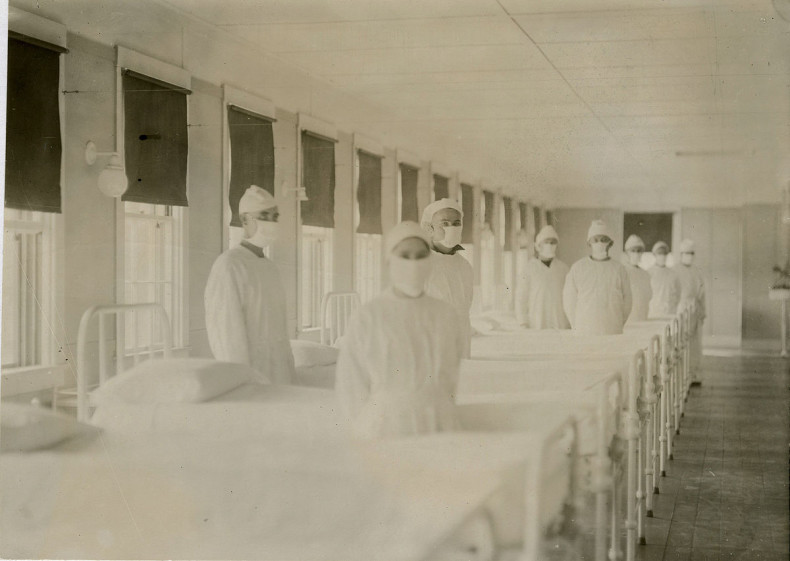Words are a writer’s currency, and we each have our favorites. The first word I remember falling in love with was onomatopoeia. It had a satisfying rhythm, plus there was the delight of discovering, oh — there’s a word for that.
That joy of discovery was exactly what I felt reading Lost in Translation, a delightful new book by Ella Frances Sanders, who draws illustrations to help explain “untranslatable word from around the world” like trepverter (Yiddish for the perfect retort that comes to you later, when it’s too late), iktsuarpok (Inuit for the act of repeatedly going outside to check if anyone’s coming), cotisuelto (Caribbean Spanish for a man who insists on leaving his shirt tails untucked) and tsundoku (Japanese for leaving unread a book you’ve bought, perhaps piling it on top of a stack of other books you haven’t read).
English also has no true equivalent to my own favorite foreign word: gemütlichkeit, a German term that connotes the kind of warm coziness you feel when gathered around a fire with your dearest friends, perhaps drinking Glühwein. It must exist in some language, but I’m still seeking a word to describe a dog’s joy while frolicking in fresh snow.
Many of my beloved English words are onomatopoeic ones like flicker, boing, ripple, riffraff, guffaw and clusterfuck. As a kid, my favorite part of art class was the smock. Not the thing itself, but the occasion to say the word aloud, repeatedly. Smock, smock, smock. I don’t know why I love it, but I do. I also love sassy and saucy and, especially, sashay. I could say that word all day. Continue reading

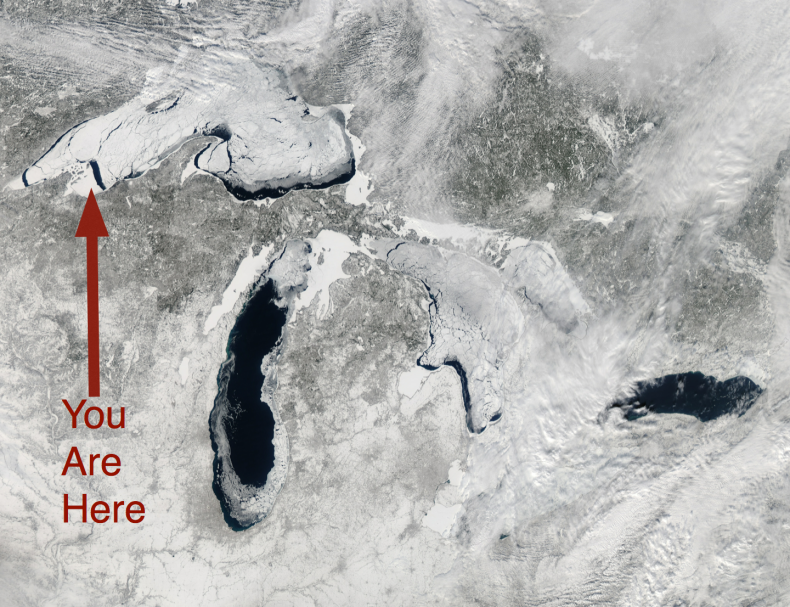
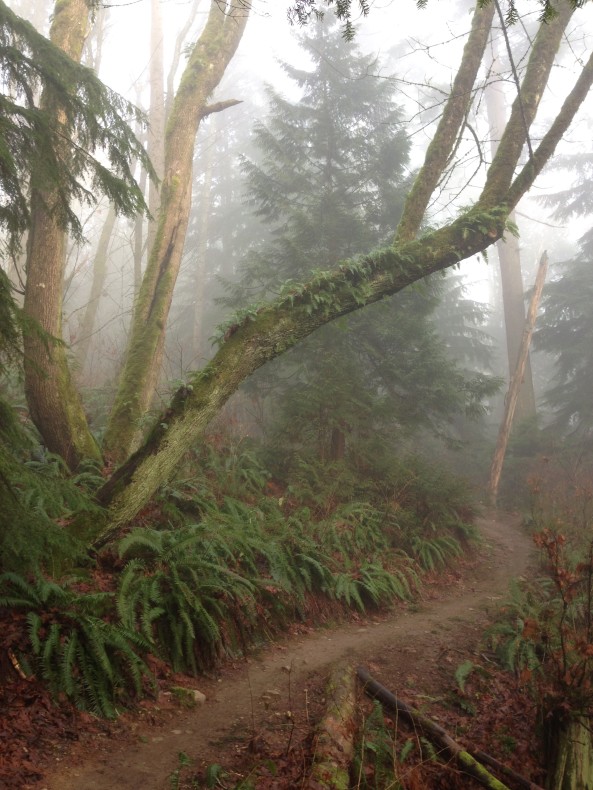
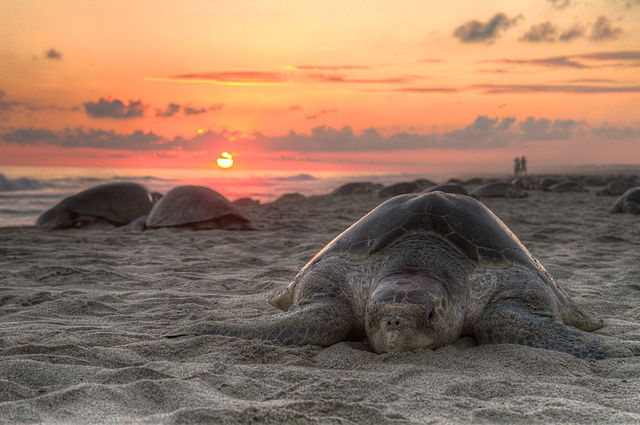
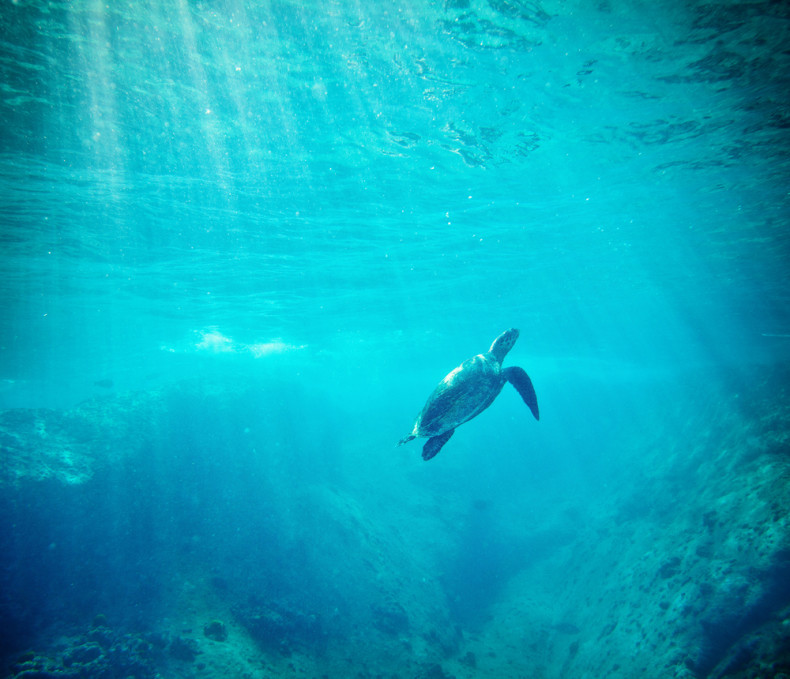
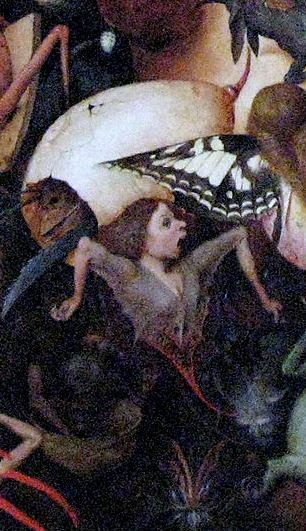
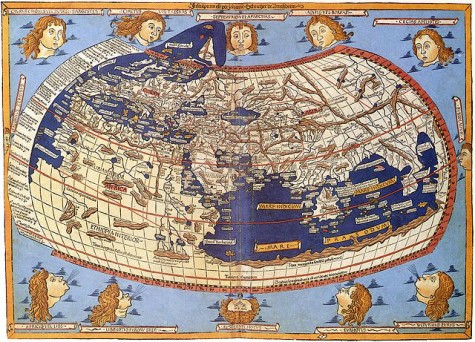 I’ve probably said this before, but I really like maps. In college, I bought a huge collection of used maps at a geography department sale to use as wrapping paper. When we lived in Oregon, we got a gigantic one of the state to put on the living room wall. (We also got an even bigger one of California, which should have been a clue that we might come back.) And there’s a poor cartographer who I keep interviewing without a story in sight, just because his job seems so cool.
I’ve probably said this before, but I really like maps. In college, I bought a huge collection of used maps at a geography department sale to use as wrapping paper. When we lived in Oregon, we got a gigantic one of the state to put on the living room wall. (We also got an even bigger one of California, which should have been a clue that we might come back.) And there’s a poor cartographer who I keep interviewing without a story in sight, just because his job seems so cool. 